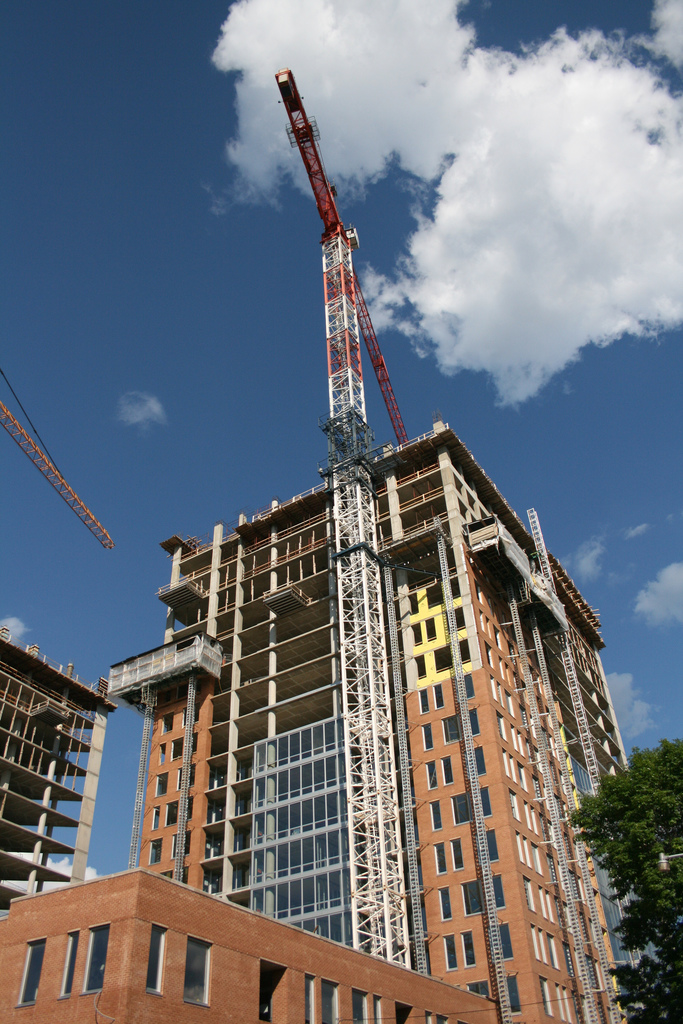Economy Watch: U.S. Construction Slumps Again
Construction spending dropped 0.6 percent in May to an annualized rate of $757.9 billion, according to the U.S. Department of Commerce on Friday.
July 5, 2011
By Dees Stribling, Contributing Editor
Construction spending dropped 0.6 percent in May to an annualized rate of $757.9 billion, according to the U.S. Department of Commerce on Friday. That’s better than during February, when the rate hit a seasonally adjusted 11-year low, but not much better.
Unsurprisingly, residential construction was down 2.1 percent, but most of that decline was actually multifamily construction, down 2.1 percent compared with a small 0.3 percent drop in single-family construction. After all, multifamily construction has a way of swinging up and down as the months pass.
Also contributing to the slump is shrinking public spending on construction, which dropped an aggregate of 0.8 percent at all levels of government to an annualized rate of $276 billion, the lowest rate since early 2007. Federal government spending on construction was up, however, by 2.1 percent. The real declines in public spending were at the state and local levels, dropping 1.2 percent.
Japan on Road to Recovery, BOJ Says
Japan is on the way toward a V-shaped recovery from the March 11 earthquake, according to the latest edition of the quarterly Regional Economic Report, also known as the Sakura (Cherry Blossom) Report, which was released on Monday by the Bank of Japan. “Seven regions—which had made a cautious assessment in the aftermath of the Great East Japan Earthquake—reported that there were signs of a pick-up in their economies,” noted the report.
Supply-side constraints, it seems, are now easing, and business and consumer sentiment is improving. There’s some recovery even in Tohoku, the area hardest-hit by the disaster. There’s still some uncertainty dogging the economy, however, the report noted, such as about the reliability of the power grid.
Consumer Sentiment Takes a Beating in June
The Reuters/University of Michigan’s Consumer sentiment index dropped at the end of June to 71.5, compared with 74.3 at the end of May, a large decline, but not as large as the drop between February and March, when rising sentiment was mugged by the disaster in Japan, the civil war in Libya and a spike in the price of gas.
Still, U.S. consumers are grumpy, both about current conditions and expectations, according to the survey of 500 households. The expectations component lost 2.7 points month-over-month, while the current conditions component was down 2.3 points. Consumers are still bummed about the price of gas, it seems, but aren’t expecting inflation to be quite as bad during the coming 12 months as they previously predicted–expectations of inflation are 3.8 percent now, compared with 4 percent last month.
There was no trading on Monday for Independence Day, but Wall Street was on fire on Friday, with the Dow Jones Industrial Average up 168.43 points, or 1.36 percent. The S&P 500 gained 1.44 percent and the Nasdaq advanced 1.53 percent.








You must be logged in to post a comment.